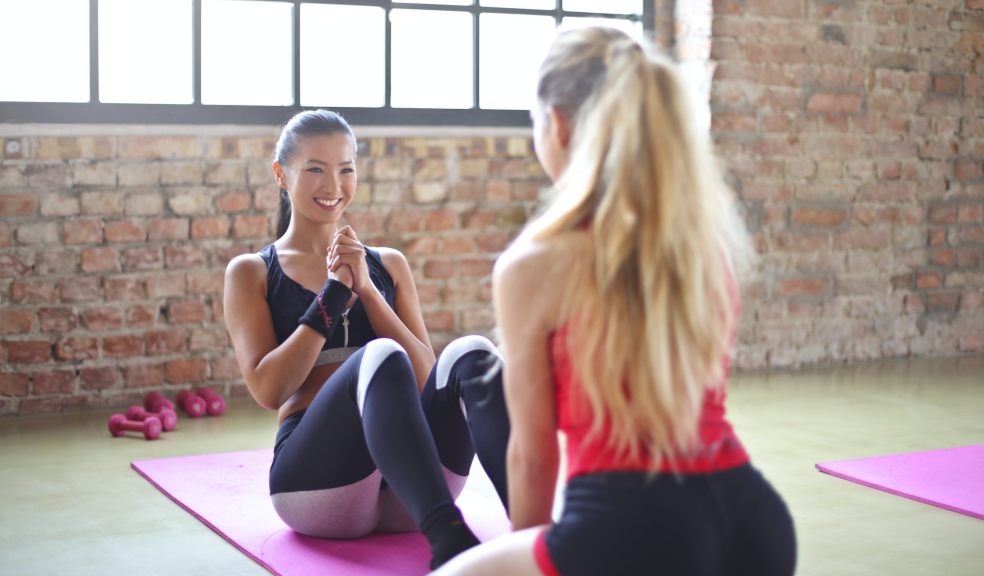
Great Exercise Supersets to Strengthen Your Whole Core
When I mention core training, most people think of sit-ups and crunches. These exercises have been a staple of core training for decades, but there is far more to training your core than this.
Your trunk can perform a variety of movements. It can flex (this is what you are doing when you do crunches and sit-ups), it can extend (arching your back), it can rotate/twist, and it can flex laterally (bend sideways). When you move in real life, your trunk must often do a combination of these movements, and it also has to resist these movements to create stability. Sometimes the muscles of the core have to work at a low level for long periods, for example, stabilising the trunk whilst going for a long walk, and at other times, the core muscles need to engage hard for a short period, like when lifting items. When we are training the core, we want to perform a variety of exercises that respect and mimic the function of the core in real life. So here are 2 great supersets that provide balance with your core training.
Firstly, a superset is a pair of exercises that you perform in sequence. For example, you perform Exercise A for 45 seconds, then rest for 15 seconds before starting Exercise B. Once you have performed Exercise B for 45 seconds, you rest again, before returning to Exercise A. You might do this for 3 rounds for a 6-minute core circuit. Now that you know the format, here are the supersets.
Ab cycles and swimming
For ab cycles, lie on your back with your hands behind your head and your legs straight along the ground. Lift one knee towards your chest and bring the opposite elbow towards your knee. Return to the start position and repeat with the other arm and leg. To make this exercise easier, do not reach your legs out as far, and do not lift your head and shoulders as high. This exercise requires the tummy muscles to engage to support the spine. There’s an element of twisting too, and your hip flexors will be working hard.
Swimming balances out ab cycles nicely. Lie on your front this time with your arms straight above your head. Lift an opposite arm and leg off the ground from the hip and shoulder, keeping the limbs extended. Return the limbs to the ground and do the same thing with the other arm and leg. The repeat for a set time or number of repetitions. Whereas the ab cycles target muscles more at the front of the trunk, swimming targets muscles more at the back of the trunk (spinal erectors, glutes and middle and upper back).
Plank and side plank
The plank is an oldie, but a goodie! Simply hold your body weight on your forearms and toes, facing the floor. Keep your body nicely aligned; there should be a straight line from your ears, through your shoulders, hips, knees and ankles. This exercise can be made easier by lowering to your knees. You hold this position for a set amount of time. When you do this exercise, you will feel the muscles of your tummy and back engaging to hold this position. It can also be quite hard work on the thighs and shoulders if you’ve fatigued these muscles with other exercises.
Superset the normal plank with a side plank. In a side plank, you are resting on one forearm and the side of one foot. When you move into this position, you will immediately notice that the muscles around the sides of the torso are working hard. Just like a front plank, you can make this exercise easier by having your knees on the ground (and your feet behind the line of your body).
Both variations of the plank are great isometric strength exercises where the muscles of your trunk are engaging without lengthening or shortening to stabilise the core in a still position.
If you are keen to improve your core strength, try adding these two supersets into your exercise routine. They are great performed after a workout, or on their own when you have a spare 10 minutes.
Tom Berry is an Exeter personal trainer who specialises in mobile training, running coaching and sprint training. Since 2011, he has conducted tens of thousands of sessions in New Zealand and the UK.













